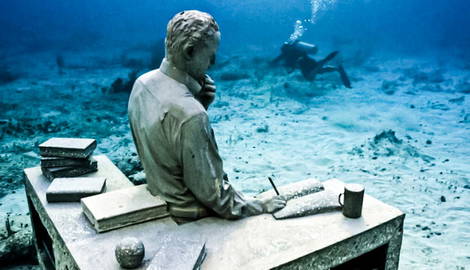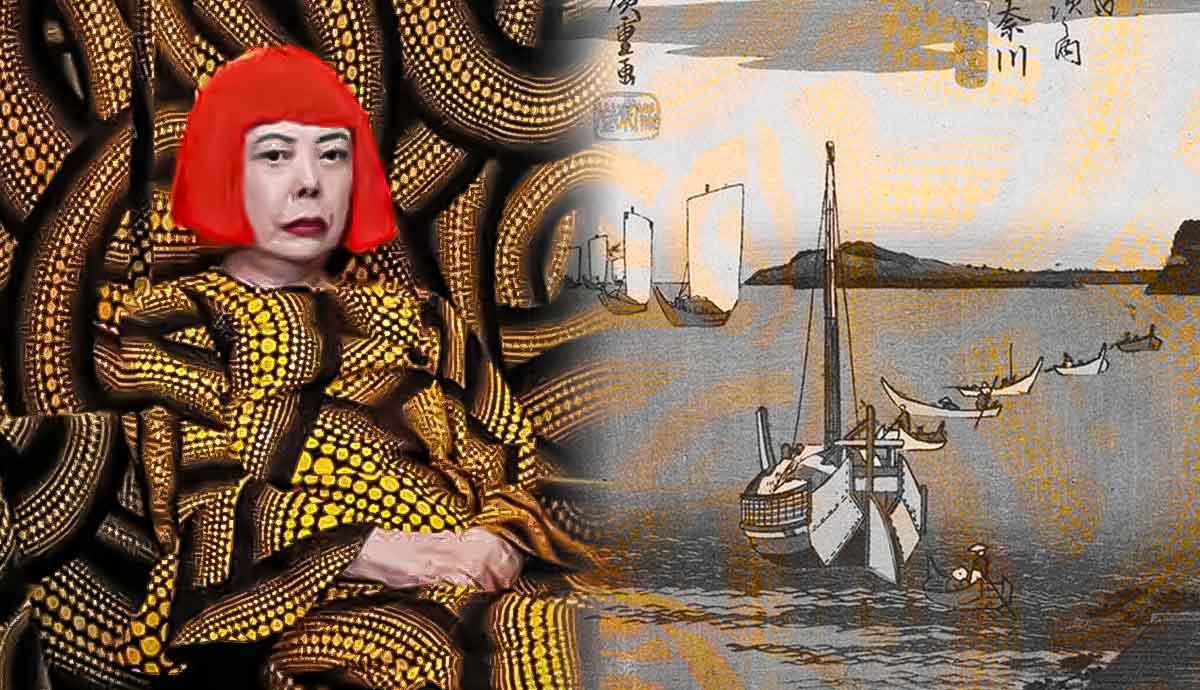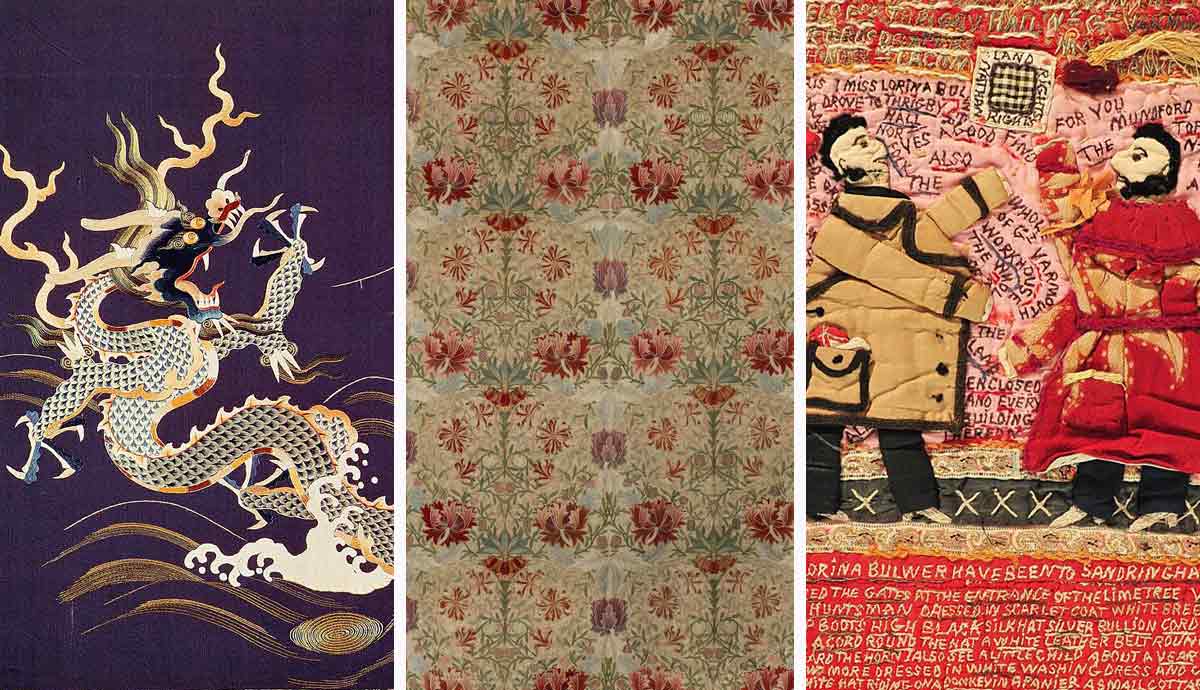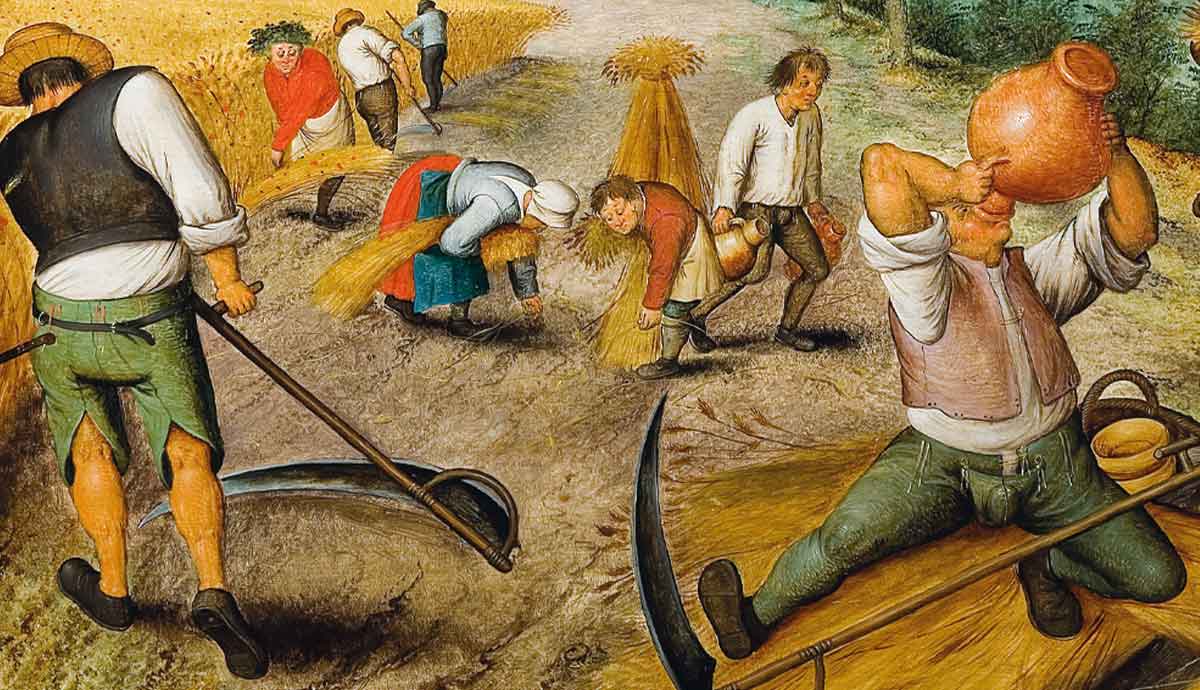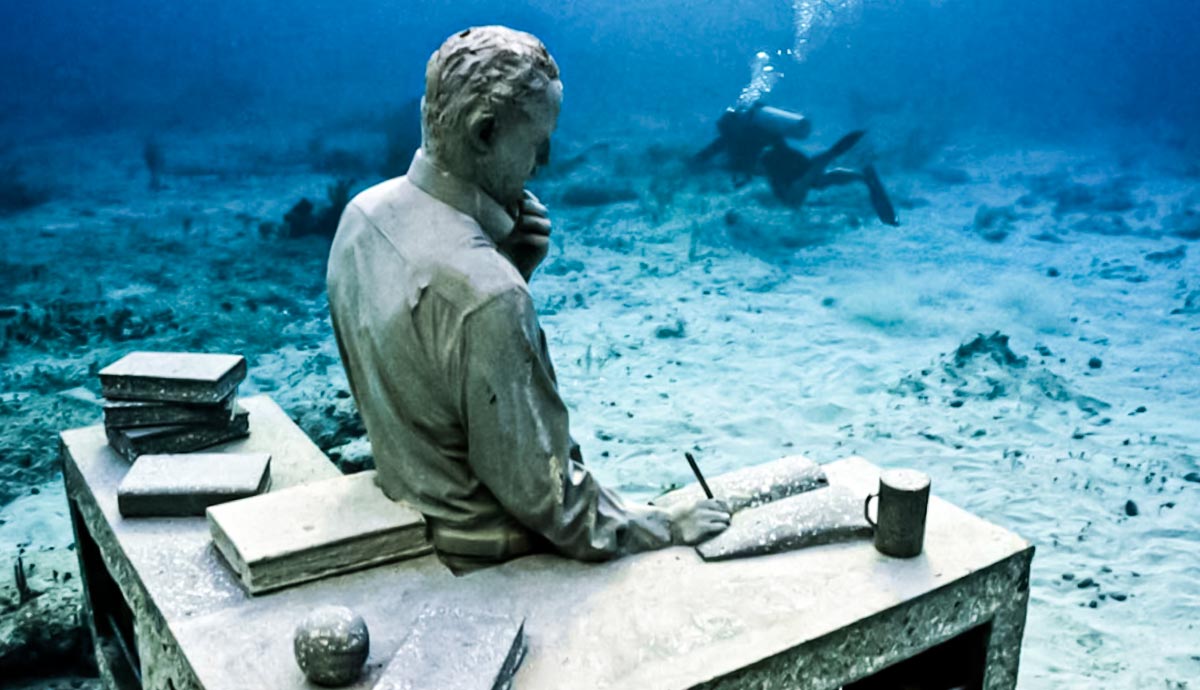
From Mexico to Argentina, no matter where you travel in South and Latin America, you’ll find epic museums. However, you don’t have to look far before finding museums that push boundaries and their visitor’s comfort levels. From cadavers to underwater sculptures, these museums will either puzzle you or inspire you. Below are the 10 strangest museums in South and Latin America.
1. Cancun Underwater Museum, Cancun, Mexico (MUSA)
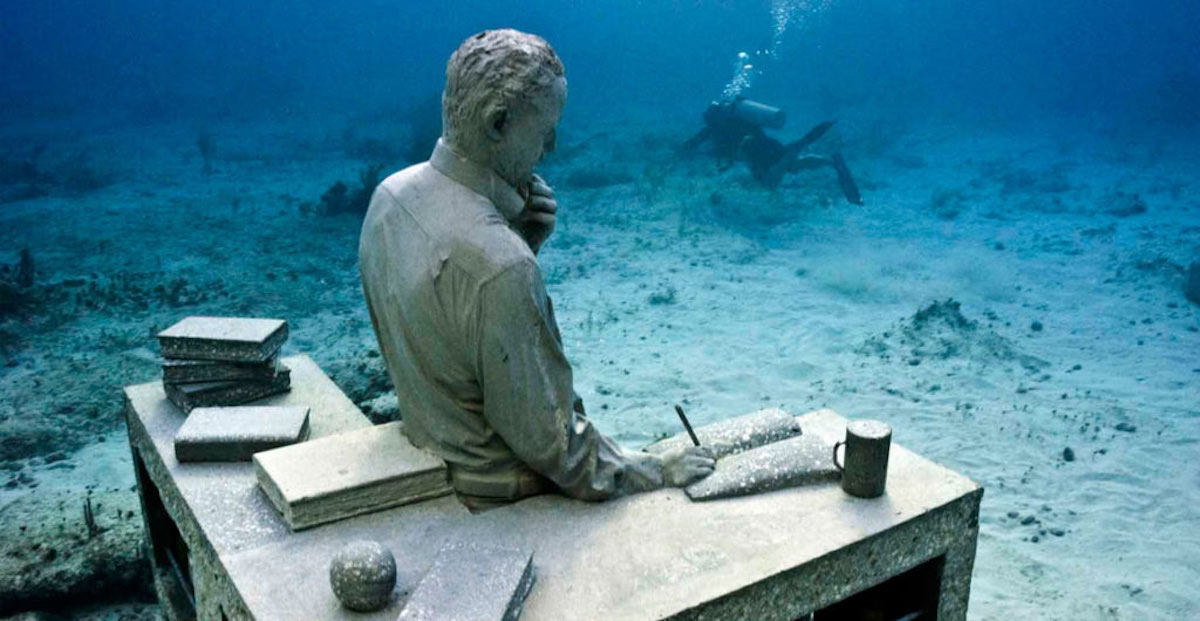
Cancun’s Underwater Museum is an art space unlike anything else in the world. It’s so unique that it’s located several feet under the sea. You’ll have to put on scuba gear and dive into the warm waters of the Caribbean to marvel at the exhibits. If diving isn’t your thing, you can observe some of the exhibits from the museum’s private glass-bottom boat.
There are over 500 sculptures to see, each created by famous artists, including Roberto Diaz Abraham, Karen Martinez Salinas, Jason Decaires Taylor, and many others. You’ll see inspiring and thought-provoking pieces like human figures, animals, and objects of war and industry. There’s even an underwater full-scale house built as an artificial reef. The MUSA started in 2010, just before the Cancún climate summit. In 2013, over 500 sculptures made of concrete were carefully placed on the sea floor. In addition to being a unique space for appreciating art, the museum’s founder, Jaime González Cano, wanted a space to bring awareness to reef protection while designating the pieces to function as artificial reefs themselves.
2. UNAM School of Medicine Museum, Mexico City, Mexico
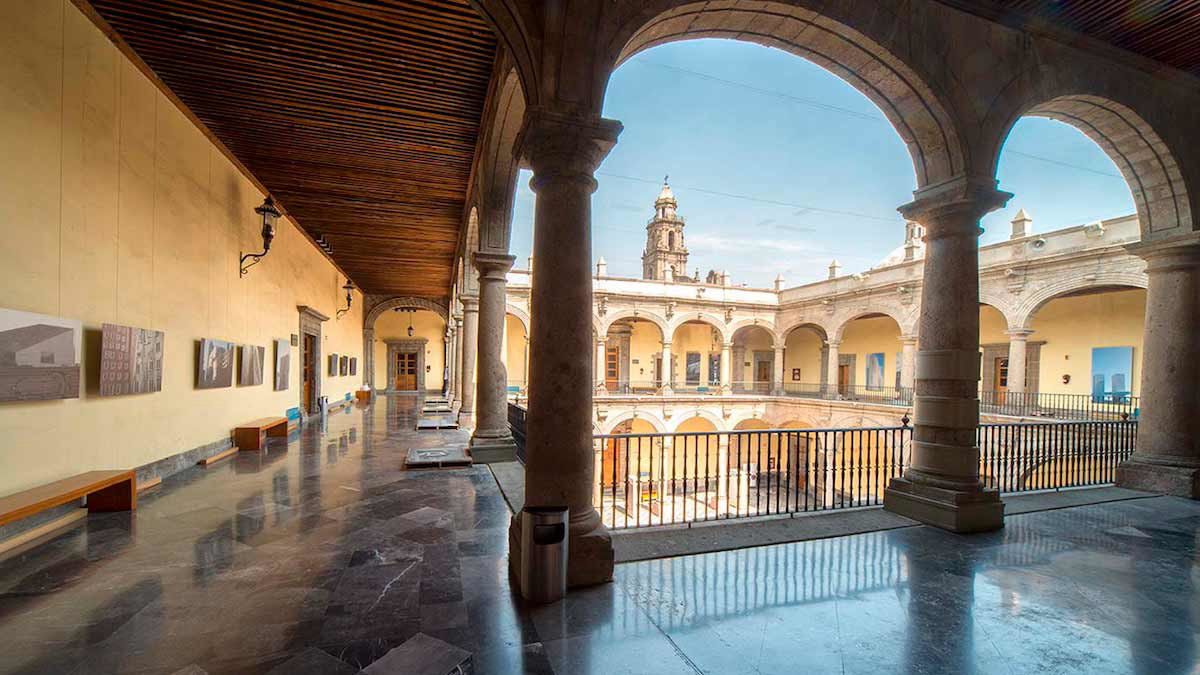
Mexico has a long history of contributions to the field of medicine. The UNAM School of Medicine museum in Mexico City’s historic central district features hundreds of unique exhibits showcasing artifacts, medical instruments, and medicines from Indigenous societies and modern Mexico. The historic Palace of the Inquisition built between 1732 and 1736, has 19 curated rooms on two floors and was the seat of the Spanish Inquisition trials in Mexico.
Inside, you’ll encounter lifesize waxworks detailing 19th-century medical practices. In addition to the wax sculptures and instruments, there are glass containers containing human body parts, medicinal plants, and other oddities. The museum also has exhibitions on pre-Hispanic Indigenous medicine and herbal medicine. Mexico has a long history of herbal medicine and the UNAM is the perfect place to dive into its history and modern usage.
3. The Museum of Tomorrow, Rio de Janeiro, Brazil
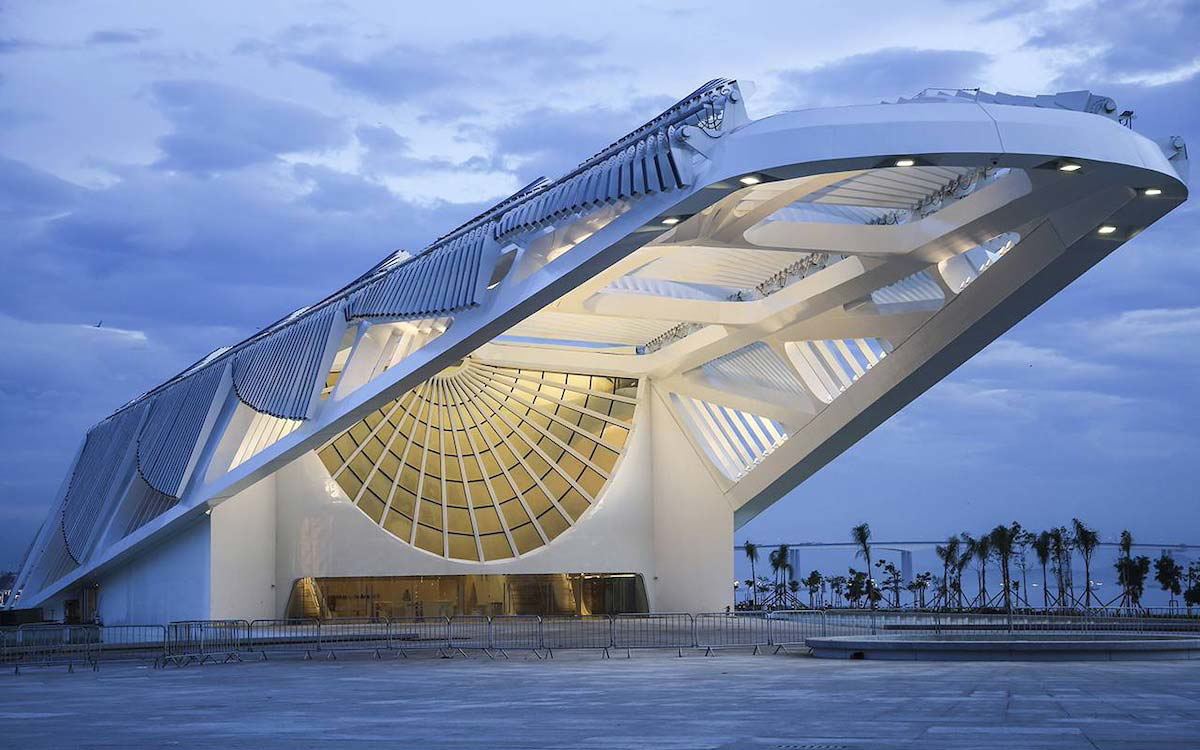
Rio de Janeiro is a city full of mind-bending art and expressive culture. It’s also home to one of the strangest museums in Latin America. The Museum of Tomorrow (Museu do Amanhã) is a future-inspired center of science and all the things wrong with our planet. You’ll walk through two floors of interactive galleries featuring inspiring looks at human beings’ effects on planet Earth and our future as a species. From climate change to social issues, each section is well-curated and meant to stimulate thought, reflection, and conversation.
The exhibitions have five sections: Cosmos, Earth, Anthropocene, Tomorrow, and Us. Each display uses interactive elements of light, sound, and touch to create a truly unique experience.
The strangest part about the museum is its architecture. Built by Spanish architect Santiago Calatrava, the futuristic building looks like a spaceship that has landed on the shores of Rio’s Guanabara Bay.
4. The Mexican Antique Toy Museum, Mexico City, Mexico
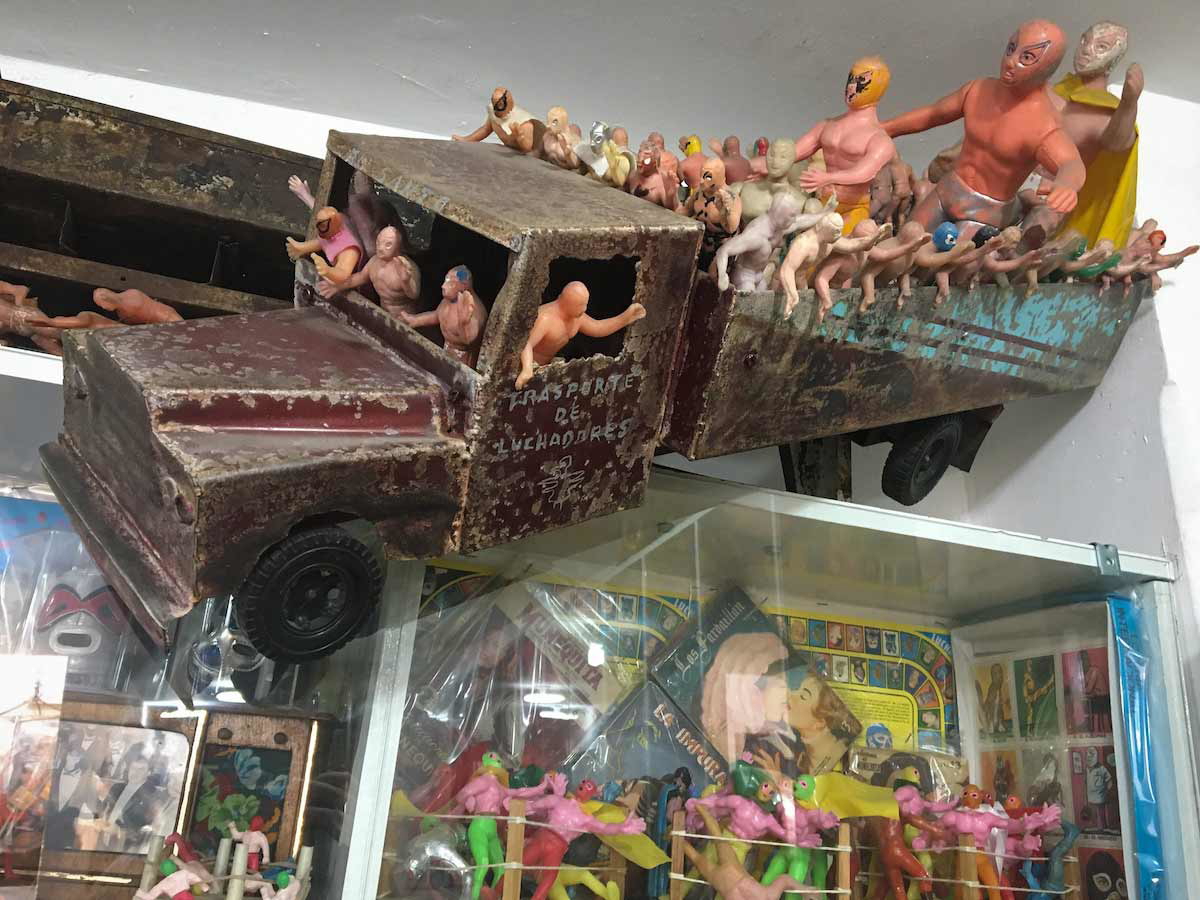
For toy collectors, the Mexican Antique Toy Museum may be a unique destination. Located in the Doctores neighborhood of central Mexico City, the museum is a one-stop shop for antique Mexican toy collectibles, dolls, blocks, and traditional games. In 2006, collector Roberto Shimizu opened the museum to the public. Since then, his collection has grown to include everything from Snoopy dolls to Legos and Barbies. Models, superhero figures, and other collectible toys cover the museum’s walls. There are also traditional Mexican toys, lucha libre wrestling masks, and hundreds of Hello Kitty dolls. The museum covers four floors of a historical building. If you’re a fan of collectible toys, plan on spending several hours wandering through the museum. At the end of your visit, you can buy souvenirs to take home.
5. Instituto Tomie Ohtake, São Paulo, Brazil
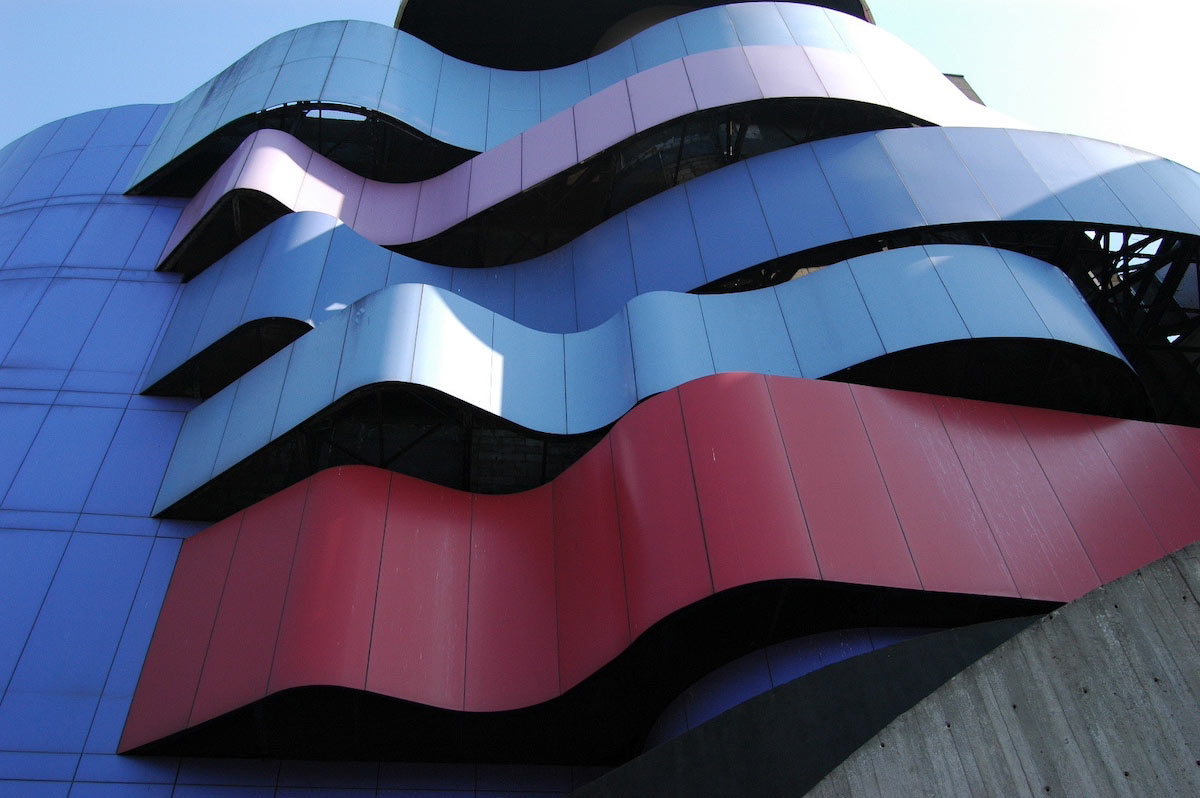
Right away, the Instituto Tomie Ohtake stands out from other museums in the city of São Paulo. The striking purple and red wavy facade of the museum stands out amongst the otherwise simple buildings surrounding it. As you enter, you’ll be transported into a futuristic world of contemporary art featuring the work of one of Brazil’s most influential artists.
Tomie Ohtake was a Japanese Brazilian artist who revolutionized Brazilian modern art. Her use of abstract geometric visuals, shapes, and intense colors redefined the concept of art in Brazil. Ohtake was influenced heavily by Japanese art and Shintoism, drawing from nature and Japanese tales to create images that were unique for the viewer. The Instituto Tomie Ohtake was founded in 2001. Since then, it has featured Ohtake’s most famous works, including her long line of untitled paintings and sculptures, including the influential Memorial da América Latina.
6. Gold Museum, Bogotá, Colombia
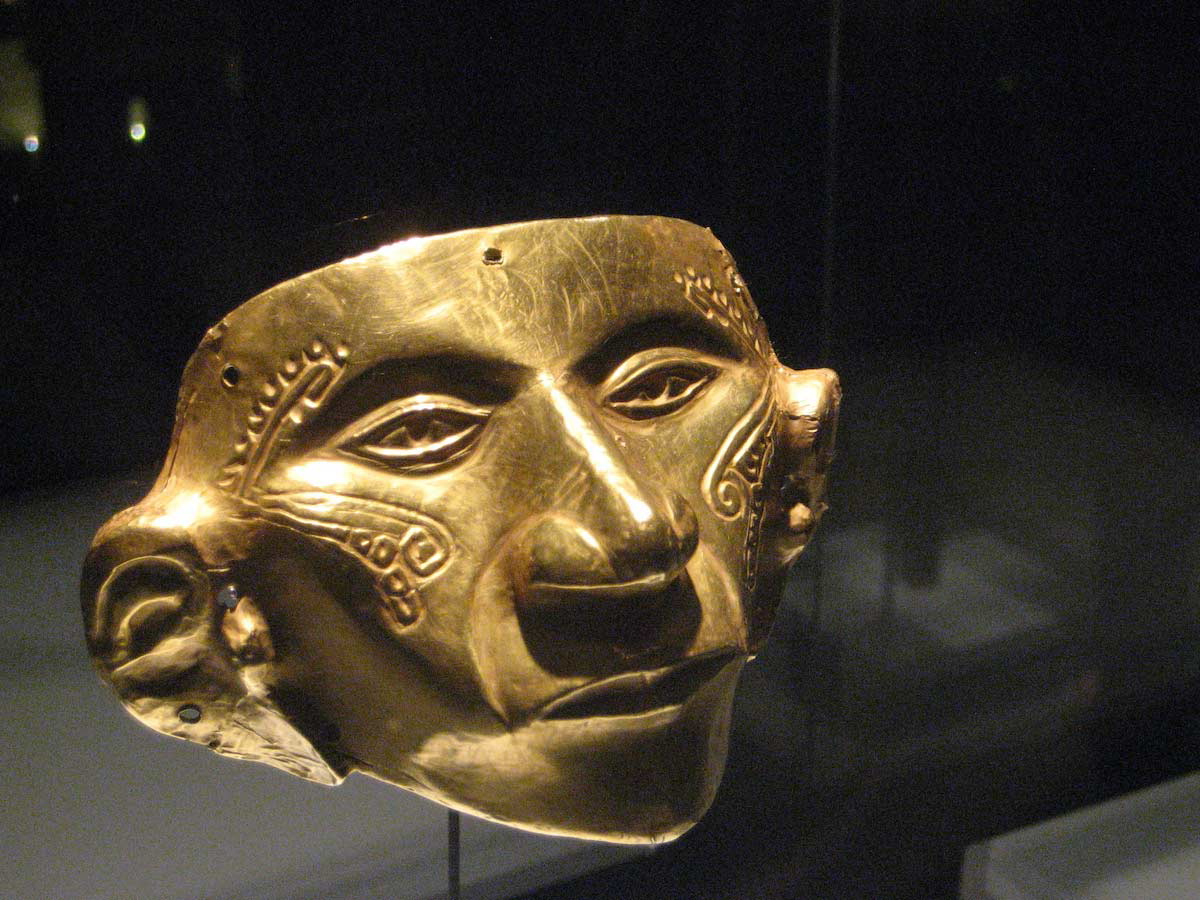
Nowhere else on earth is there a major museum dedicated to just one precious metal. Bogotá’s Museo del Oro is a journey through pre-Hispanic gold. The expertly curated museum displays everything from armor to necklaces. The museum started in 1939 after the Bank of the Republic of Colombia acquired the priceless golden object known as the Poporo Quimbaya. Since opening, the museum has acquired thousands of South American gold artifacts, including the famous Muisca golden raft which inspired the legend of El Dorado. The museum’s collections span over 2,500 years of Indigenous history. If you’re interested in pre-Hispanic gold smithing and the history of gold in Latin America, then this unique museum is worth visiting.
7. The Atchugarry Museum of Contemporary Art, Manantiales, Uruguay (MACA)
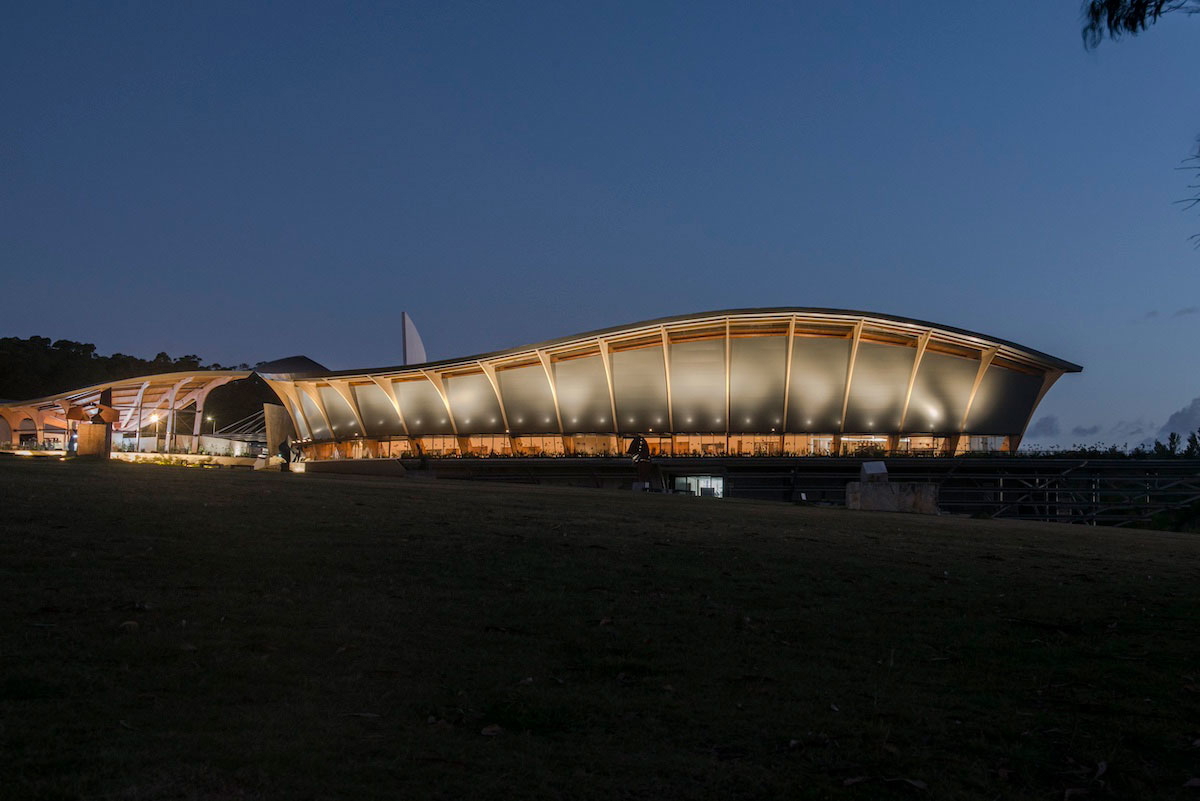
Rising from the fields of coastal Uruguay, the Atchugarry Museum of Contemporary Art (Museo de Arte Contemporáneo Atchugarry) is one of Uruguay’s most beloved museums. It’s also one of South America’s strangest. Since opening in 2022, the futuristic and spacious museum has grown to become one of South America’s most talked about museums. The museum is located in a futuristic building designed by architect Carlos Ott. It houses five exhibition spaces inside towering ceilings.
Inside the museum are collections from some of the top international contemporary artists. As you exit the building, you can walk through the spacious open park and view giant sculptures that stand above the artificial lakes and fields. Plan for an entire day to truly experience sculptor Pablo Atchugarry’s vision come to life.
8. Larco Museum, Lima, Peru
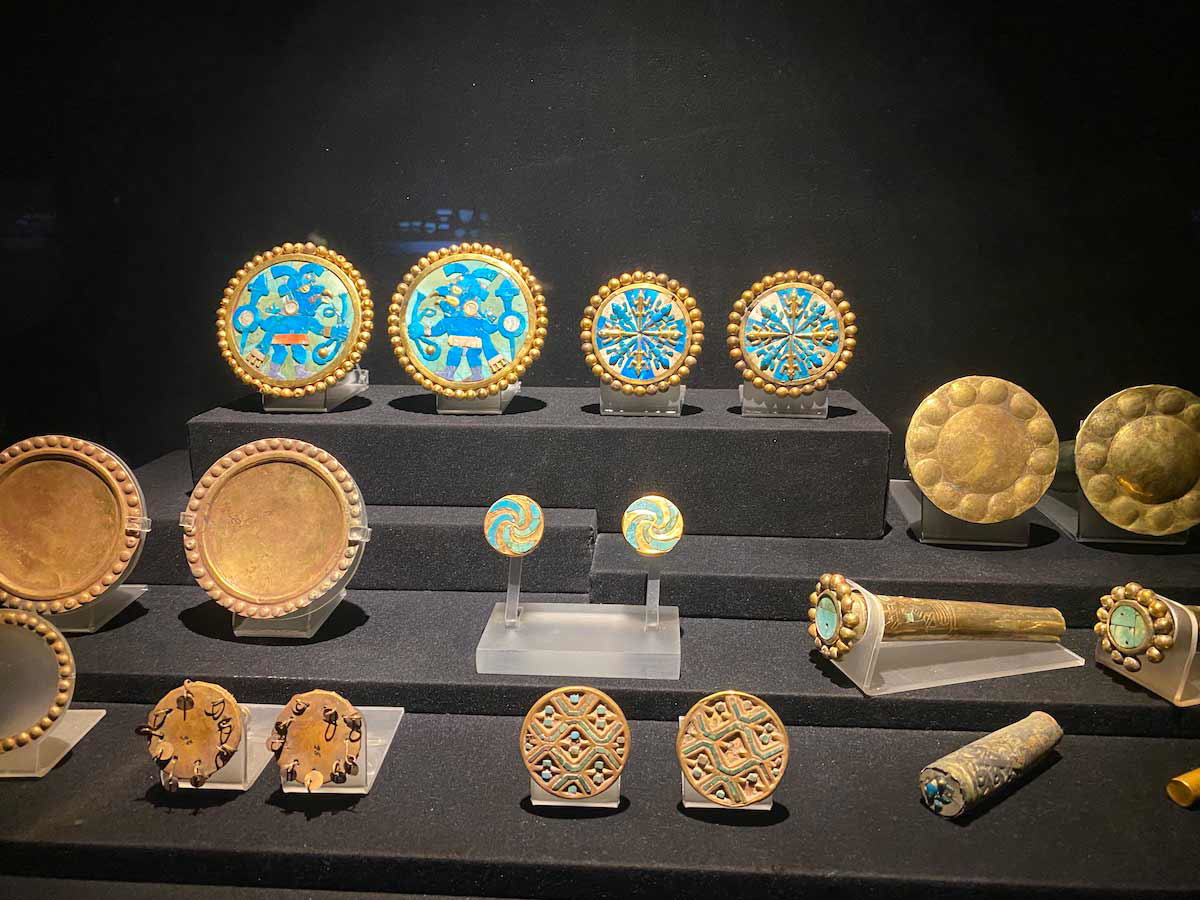
The Larco contains one of the best collections of pre-hispanic Peruvian artifacts in the world. It also has one of the strangest exhibits in Latin America. In the downstairs gallery, you can visit the Erotic Gallery. This unique space houses the Larco’s collection of pre-Hispanic Peruvian erotic pottery. Sex played a major role in ancient Peruvian art and spirituality. The pieces in the Erotic Gallery include drinking vessels, vases, cups, and other types of pottery, all with erotic imagery and shapes. The museum was founded in 1926 and was one of the first museums in the world to let public visitors into its storeroom. The Larco was the creation of collector Rafael Larco Herrera who devoted his entire life to studying the history of Peru and set up the Larco as a center of interdisciplinary research.
9. Inhotim Museum, Brumadinho, Brazil
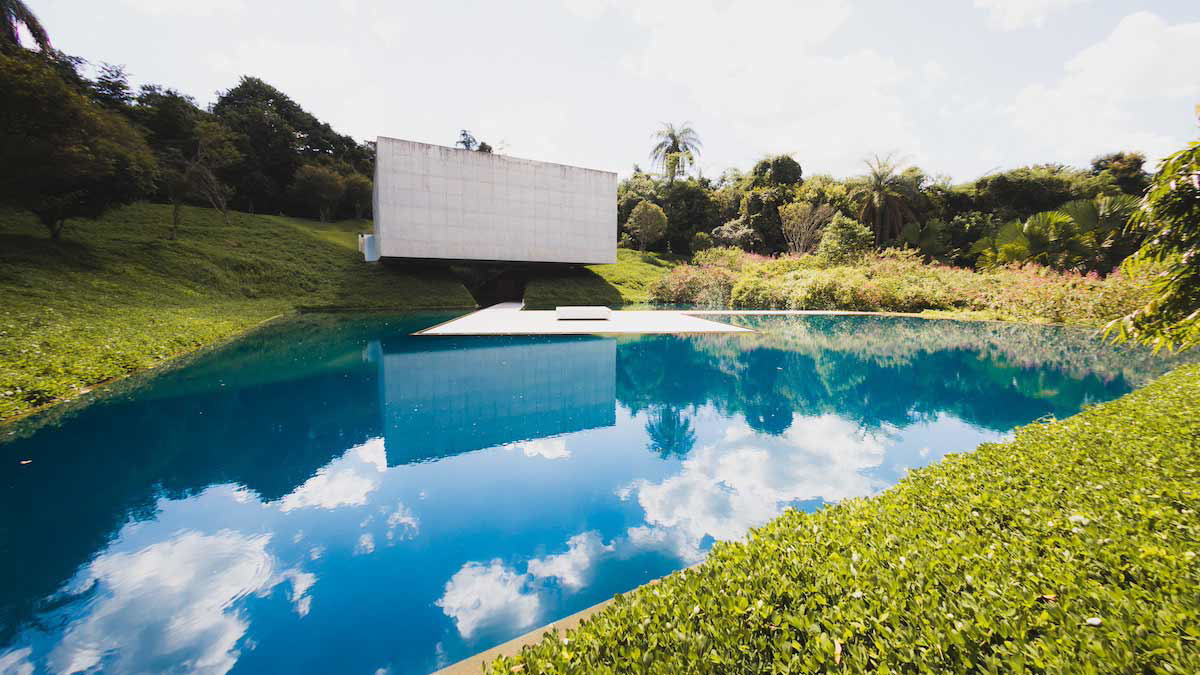
This modern art museum is both strange and breathtakingly beautiful. Located in the mining region of Minas Gerais State, the Inhotim Museum showcases Brazilian and international modern art in a series of spaceship-like galleries built near artificial lakes and jungle.
Within the sprawling art museum and botanical garden are the 24 pavilion galleries, each housing unique exhibits and collections. Each pavilion is built in a different architectural style, from futuristic domes and cubes to stonework. Inside are works of art created by some of Brazil’s most popular contemporary and international artists.
Throughout the space, you’ll find towering sculptures and exotic plants. The museum is located an hour away from the city of Belo Horizonte. In between taking in the art and natural landscape, you can stop at one of the museum’s popular restaurants or cafes.
10. El Zanjón de Granados, Buenos Aires, Argentina
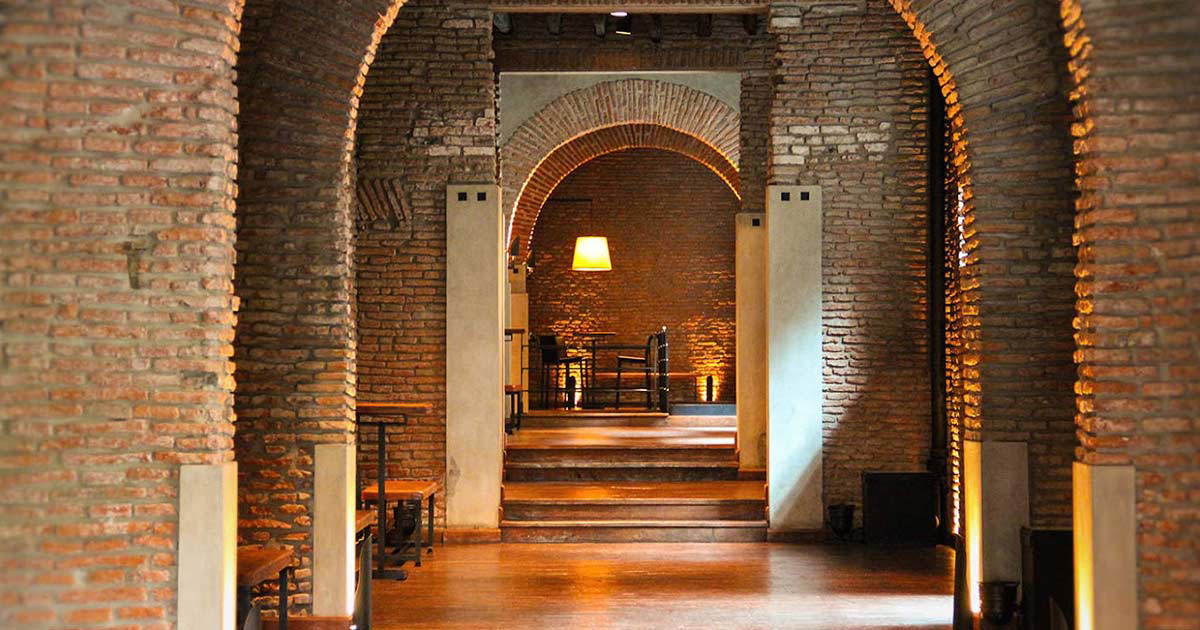
Buenos Aires is a city steeped in music and art. But before the tango bars and stately theaters, the city was the location of a rural Spanish outpost that frequently suffered disease epidemics, floods, and violent raids. In 1986, the developer, Jorge Eckstein, unearthed a series of tunnels and buildings underneath an abandoned building in the San Telmo neighborhood. Eckstein had discovered a long forgotten piece of the city’s past, the original city center. Along with the original structures and stonework, archaeologists on Eckstein’s team found pottery and other historic artifacts. Today, you can tour the underground tunnels of old Buenos Aires and learn about the city’s strange history. As part of the museum, head next door to visit the Casa Mínima, the narrowest building in the city and a curious addition to Buenos Aires’ long list of architectural oddities.
